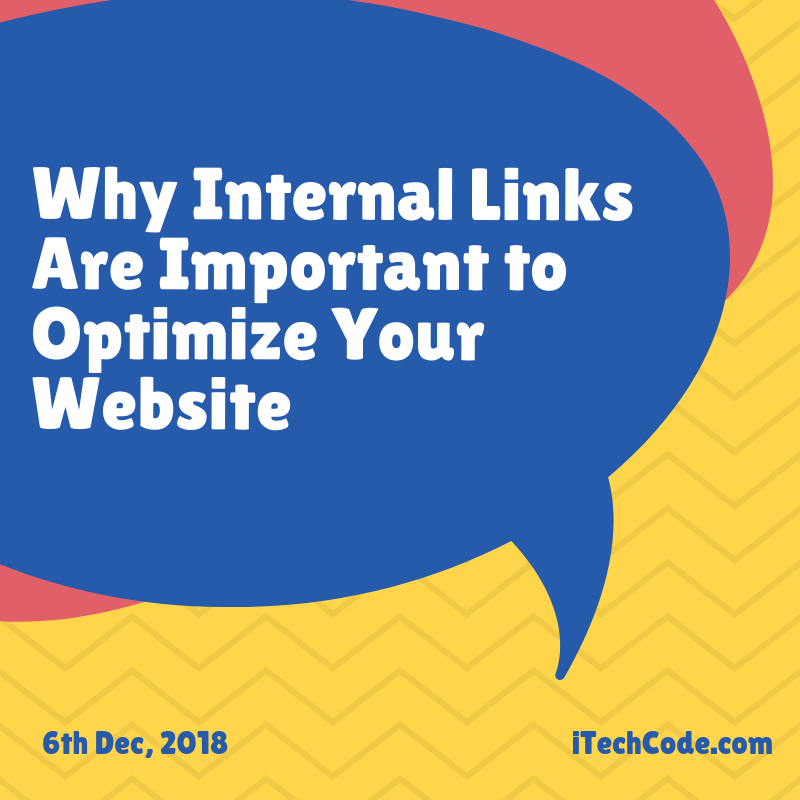If you’re planning on utilizing SEO for battering your business, then you should also look into linking your content to other authoritative websites or ensure that your website also has backlinks from other reputable sites.
While these are crucial in keeping your website up and running on search engines, there is still a lack of attention in one thing: Internal linking vs Inbound linking!

While you might not think of this as absolutely crucial, having inbound links can definitely drive referrals while portraying both domain authority and brands to search engines. But how?
I did the research to help you learn all about how you can understand and manage your site’s internal linking structure!
Why Internal Links Are Important to Optimize Your Website
Here are the three crucial areas of internal links to your website optimization and how to start proper internal link auditing:
-
Internal Links Portray Your Page Importance to Search Engines
What you should do is to list down your website’s roles, answering two questions:
What do you want your users to do when visiting?
What’s important about your website?
You want to make sure that users will be able to see what you have to offer, as this is usually what we see as our most valuable content. This is why you need to focus on what links you want to add to rank well.
When you link to your crucial contents, you’ll be showing search engines which are most important in the website.
If you want to ensure that you are, you can use Google Search Console, which helps you know what the search engine thinks of your page. That way, you know how well your company portrays what’s important.
To create a good internal linking structure, you can follow these tips:
- Make sure that your top pages are on the main navigation
- Create footer navigation that includes the important links
- Have supporting navigation on internal website pages
- Add breadcrumb navigation on deep sites, which can also help heighten internal linking
- Add feature areas on internal pages which relate to your products and services
-
Internal Links Would Usher Website Users to Conversions
Internal linking doesn’t need to be just about a topic related to SEO. It’s a medium which can deliver landing page visitors for better site conversions. For all objectives you create, you need to have the pathway towards that objective!
Another tool you can use to help internally link to your important sections of the website, you can use the users’ Flow feature from Google Analytics. This will help you understand the way users move around your website.
Make sure that you use advanced segments, focusing on sessions with conversions, as well as the sessions without it. List down their differences and review the internal linking structure each page has. That way, you know what kind of structures to follow and what to avoid, making your entire website becoming successful in all ways!
Also, take note that it isn’t the amount of internal linking, but also it’s positioning! You can use heatmap tools to help you out with this, giving you real-time data from live-recording your website movement.
So make sure to see what works not just by the number of internal links you have, but also where it’s placed and your page’s layout.
-
Internal Links Help With Search Engine Crawling
Last but not least, internal links can actually help strengthen your SEO and your rank on search engines!
Sure, HTML and XML sitemaps can help search engines properly explore and review your website. However, the way you internally link on your website can also help search engines move around quickly, checking all the crucial site content rather than to confuse it.
These are effective ways to make it easier for search engines to crawl around your site:
- Don’t internally link to redirecting pages, as this slows down the crawl
- You should only internally link on absolute (not relative) URLs. Meaning, you’re linking to correct HTTPS page versions
- Internally link to the canonical page versions and ensure that there are no duplicates to prevent the search engines from wasting time
- Clean all broken internal links, making sure all are working. You can use Check My Links, a Chrome extension that helps you discover the links you need to edit or remove
Wrapping It Up
While internal linking to your website may be a bit tedious, it will be worth it in the long run! And hopefully, you were encouraged and found ways on how you can begin internal link auditing today. Use this as a starting point and click here for marketing company to begin reaching your goals now!
If you have any questions or want to share your tips and experiences with internal links, then comment below. Your thoughts are much appreciated.
You can also stay updated by subscribing to iTechCode.